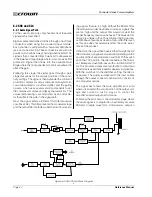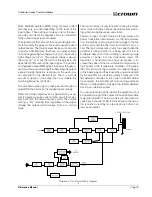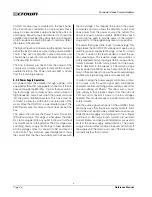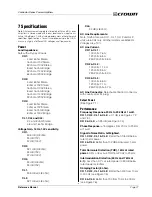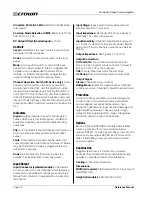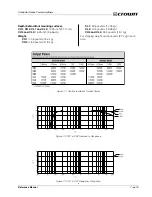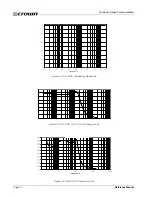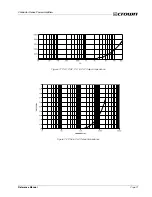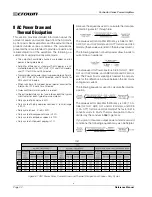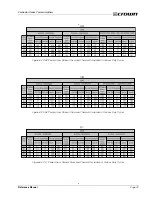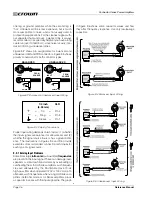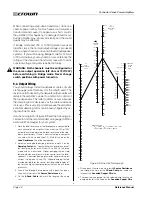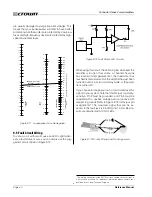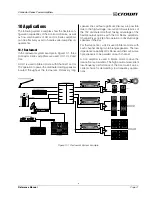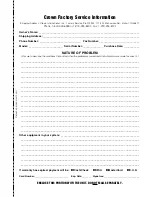
Page 36
Contractor Series Power Amplifiers
Reference Manual
Proper input wiring depends on two factors: (1) whether
the input signals are balanced or unbalanced, and (2)
whether the signal source floats or has a ground refer-
ence. The illustrations in Figures 9.4 and 9.5 provide
examples of recommended connection techniques for
each type of signal source.
9.2.1 Solving Input Problems
Sometimes large
infrasonic
(sub-audible)
frequencies
are present in the input signal. These can damage loud-
speakers or step-down transformers by overloading or
overheating them. In CH Series ampifiers, such frequen-
cies are attenuated by the 24-dB-per-octave 70-Hz
high-pass filter when operated in 70V or 100V mode. To
attenuate such frequencies when using CH Series am-
plifiers in 4/8 ohm mode, or CL Series amplifiers, place
a capacitor in series with the input signal line. The graph
one leg at ground potential, while the second leg is
“hot.” Unbalanced line is less expensive, but is much
more susceptible to noise, and is not usually used in
professional applications. For the cleanest signal, with-
out unwanted hum and buzz, balanced line is always
recommended. It is especially helpful if you have a long
cable run (over 10 feet (3 m)), since noise is easily intro-
duced into long, unbalanced lines.
Figure 9.2 shows pin assignments for balanced and
unbalanced XLR and TRS connectors. Figure 9.3 shows
polarity conversions for both connector types.
Figure 9.5 Unbalanced Input Wiring
–
+
3
1
2
GND
FROM
SOURCE
INPUT
BALANCED
+
–
SHIELD
FROM
SOURCE
INPUT
UNBALANCED
+
SHIELD
+
3
1
2
SHIELD
Figure 9.2 Balanced & Unbalanced Input Wiring
Figure 9.4 Balanced Input Wiring
Figure 9.3 Polarity Conversions
=
Tip
=
Pin 2
=
Ring
=
Pin 3
=
Sleeve
=
Pin 1
+
–
XLR
1/4 inch
(6.35 mm)
in Figure 9.6 shows some capacitor values and how
they affect frequency response. Use only low-leakage
capacitors.



